
Our company was founded in Mexico City a hundred years ago making us one of the oldest rug makers in the Americas.
Our vast experience and outstanding craftsmanship means that you’ll find our pieces in the world’s most stunning homes and hotels as well as in the permanent collections of museums.
Through collaborations with world class artists, architects and designers, our goal is always the same – to produce the finest examples of rugs and tapestries that endure.
1889
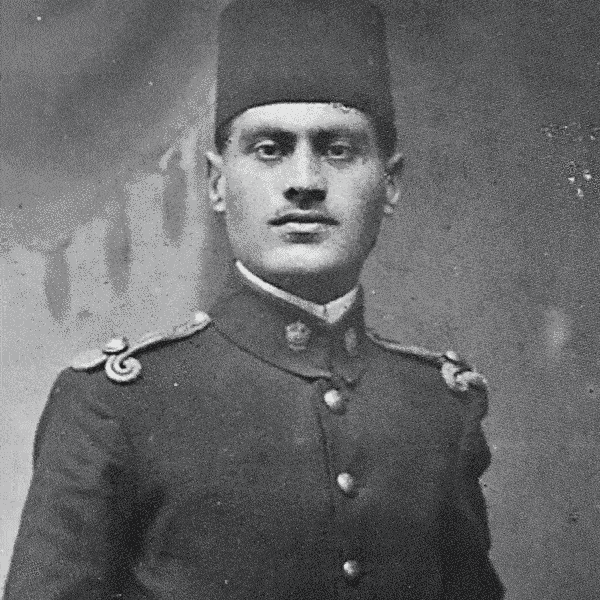

1921
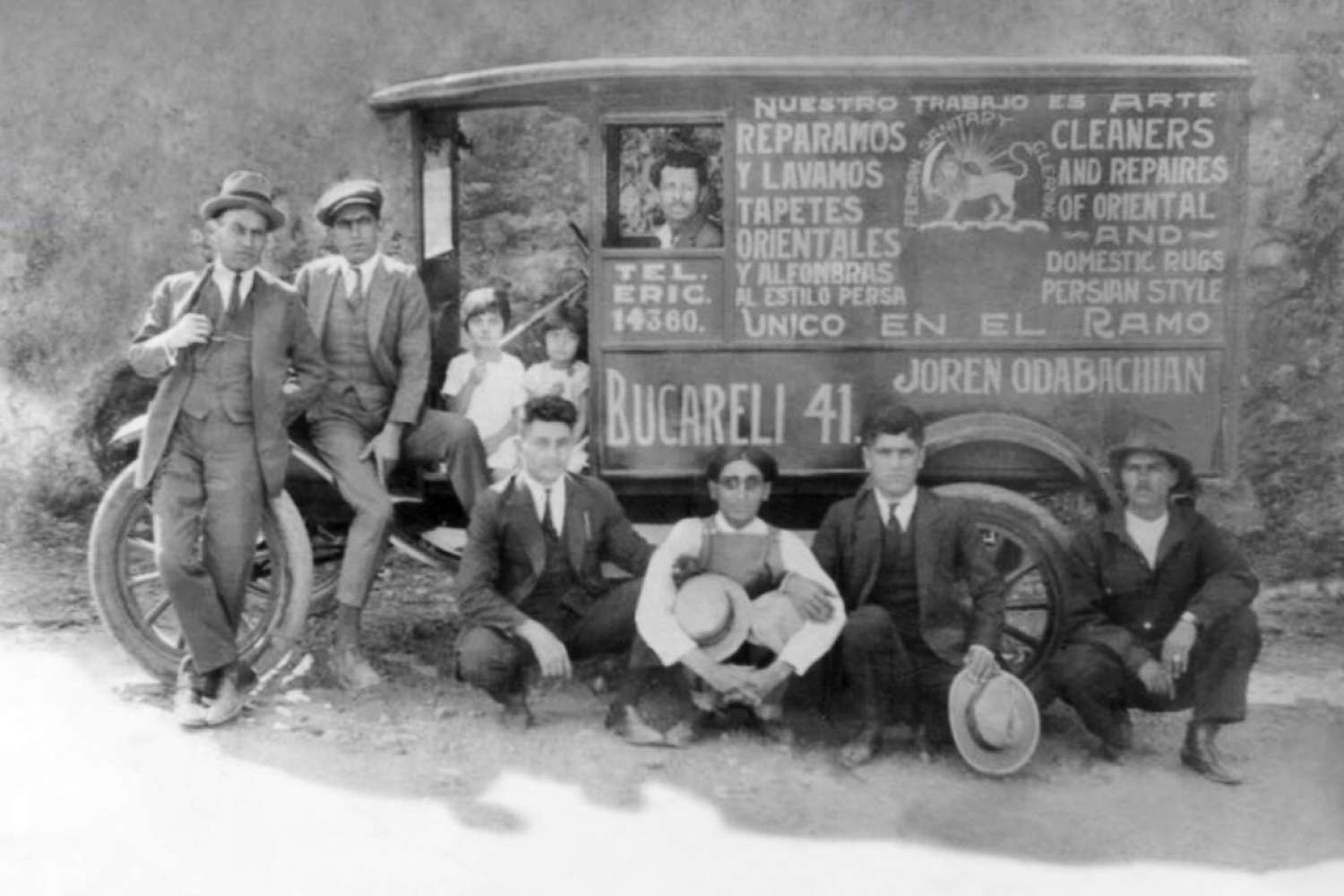
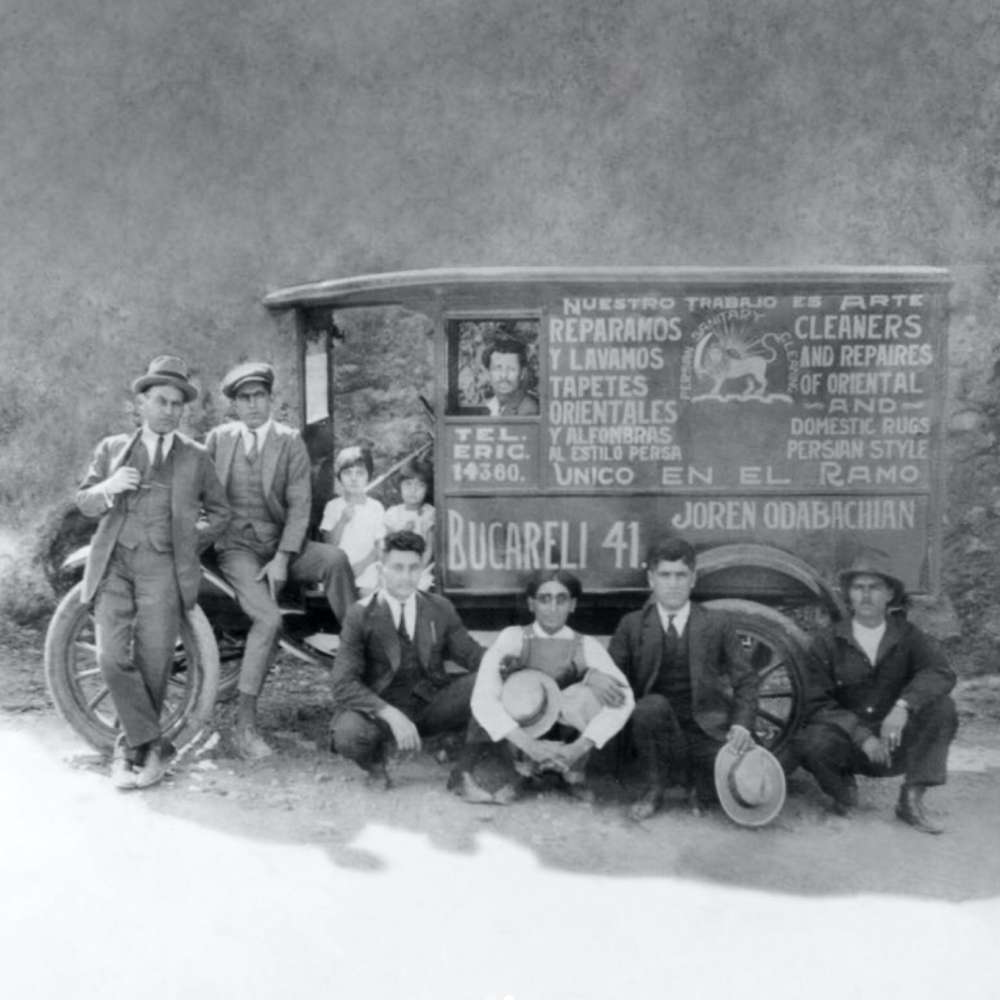
1930
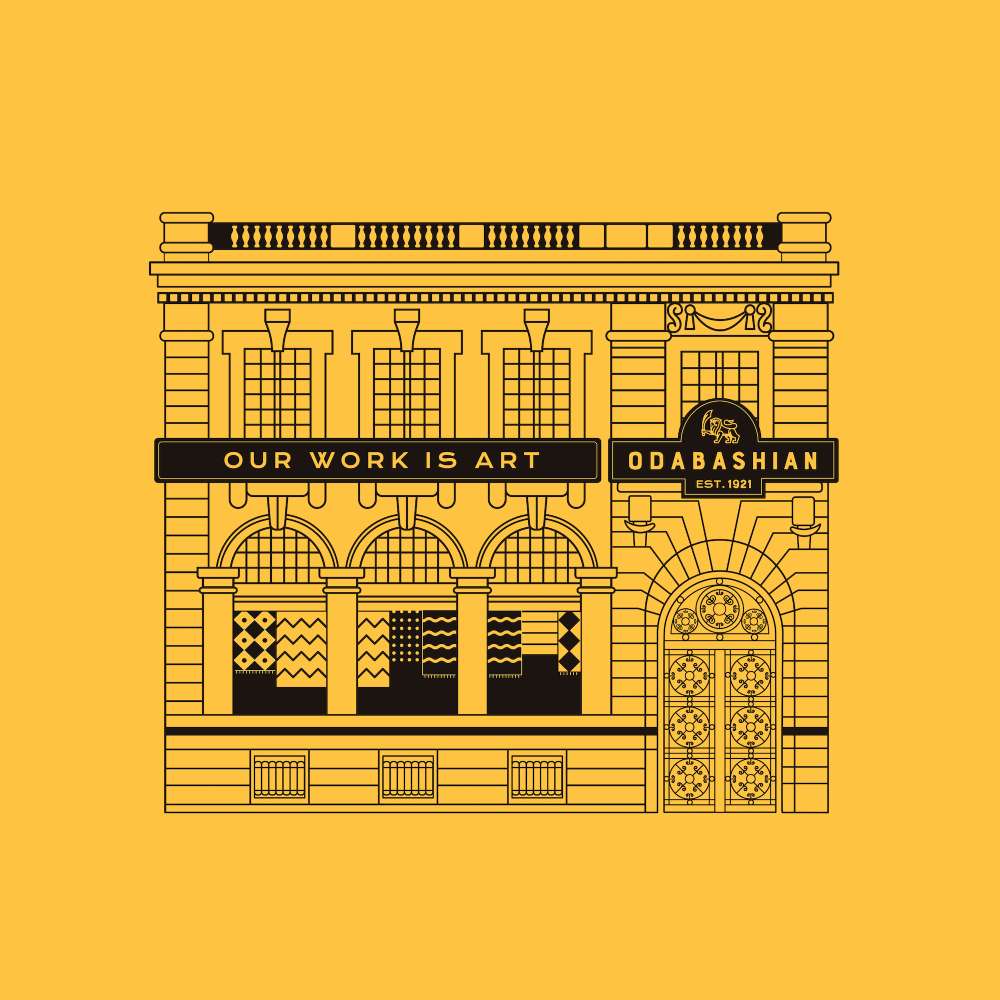
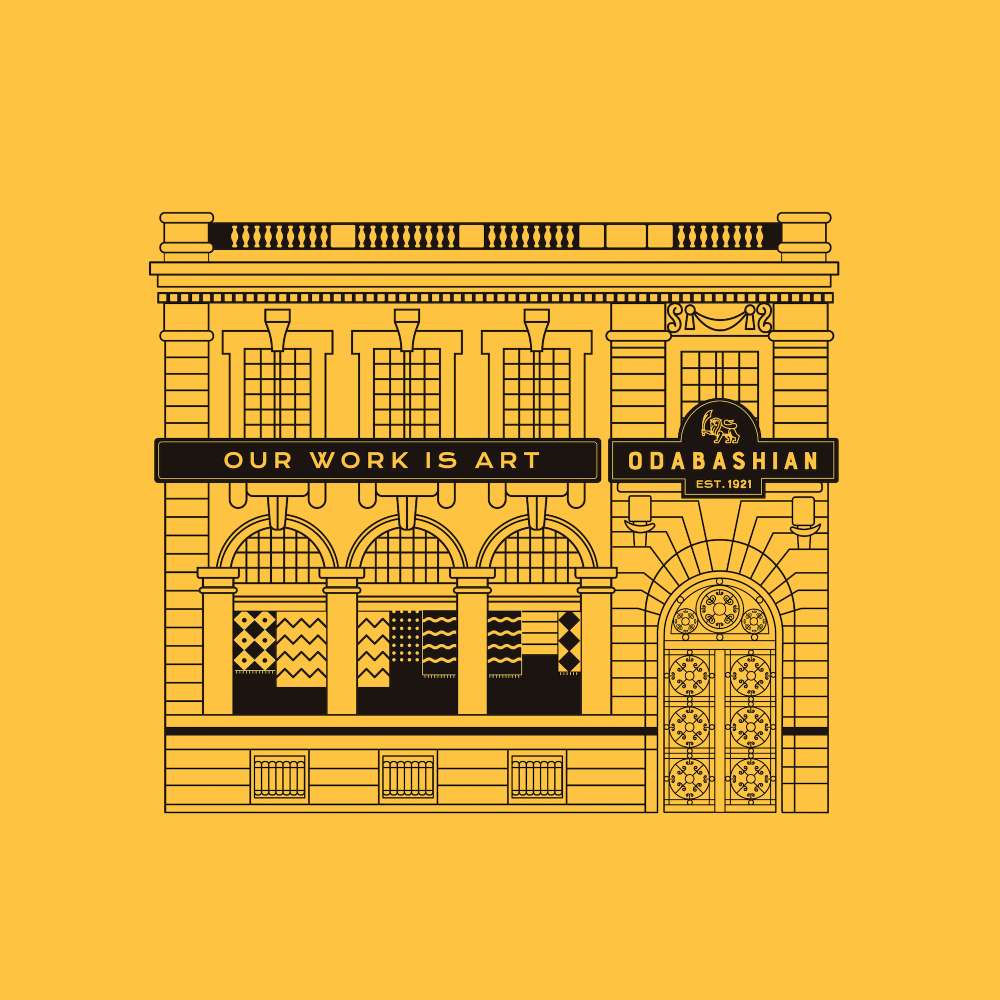
1968
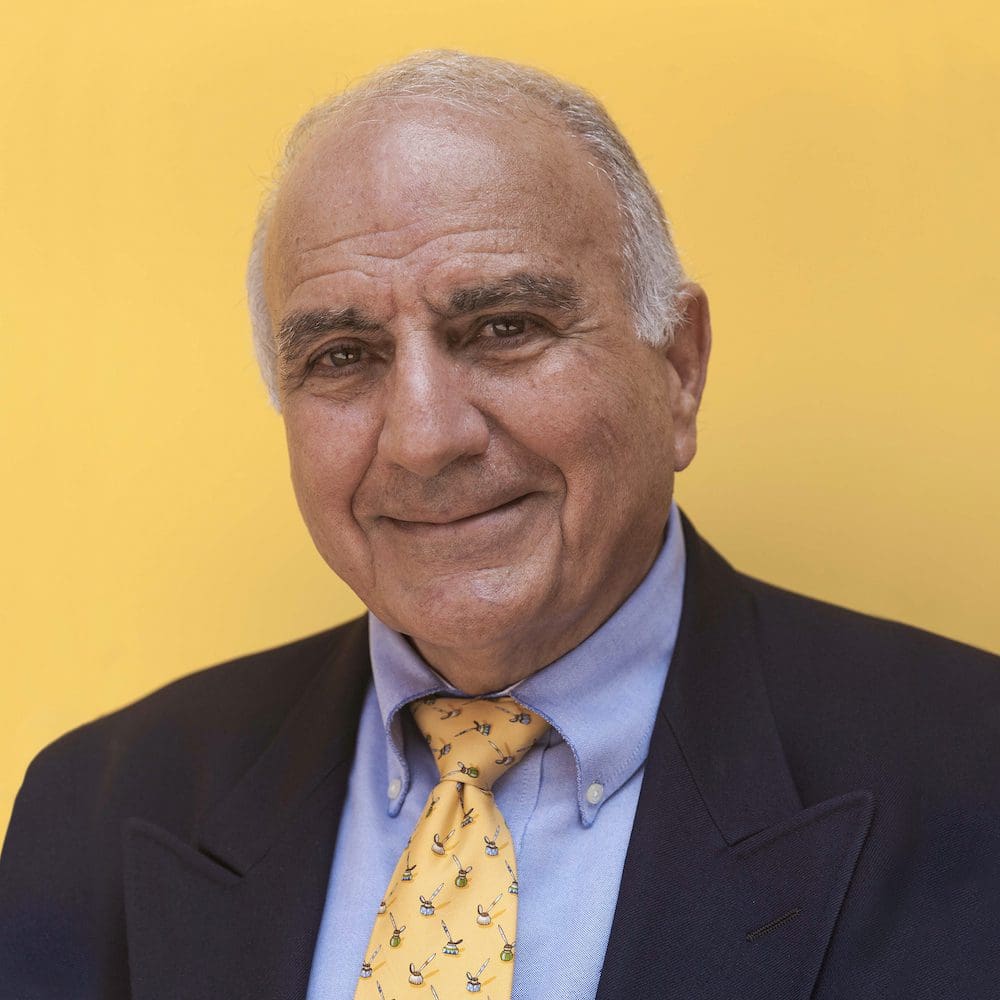
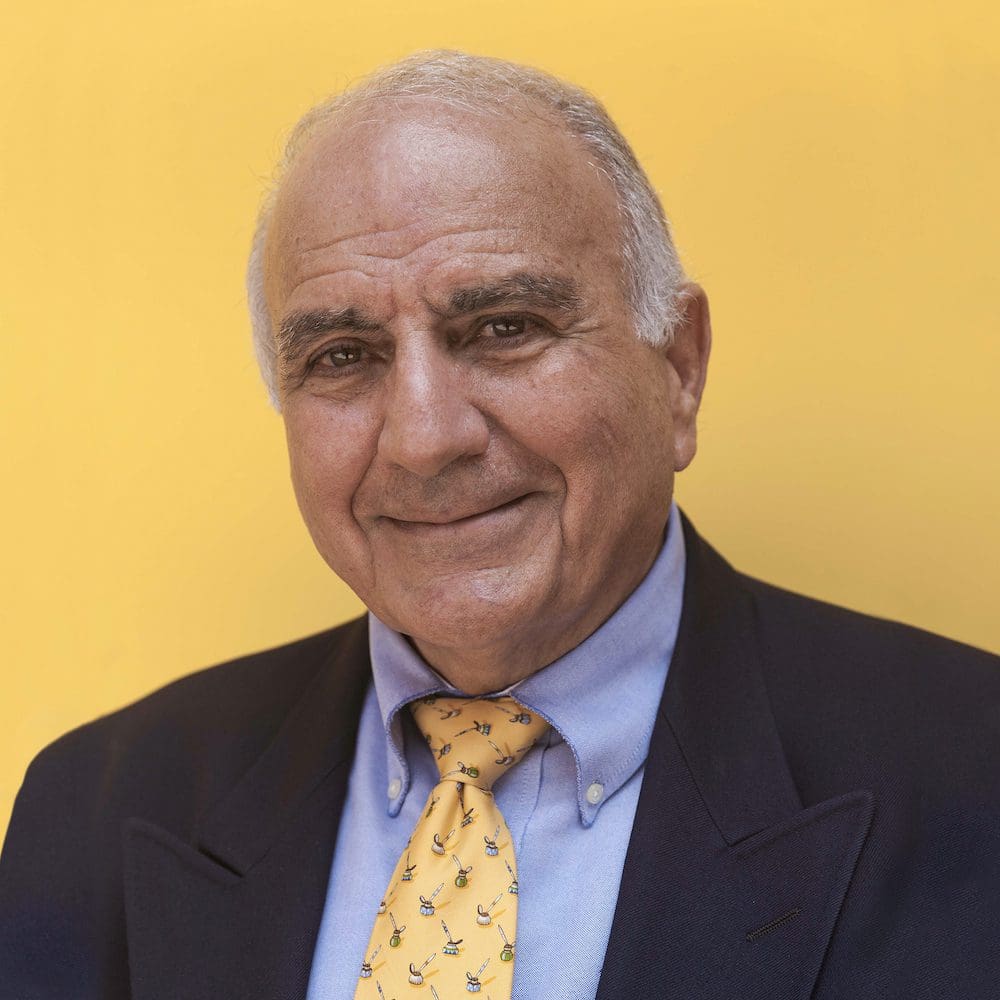
1979
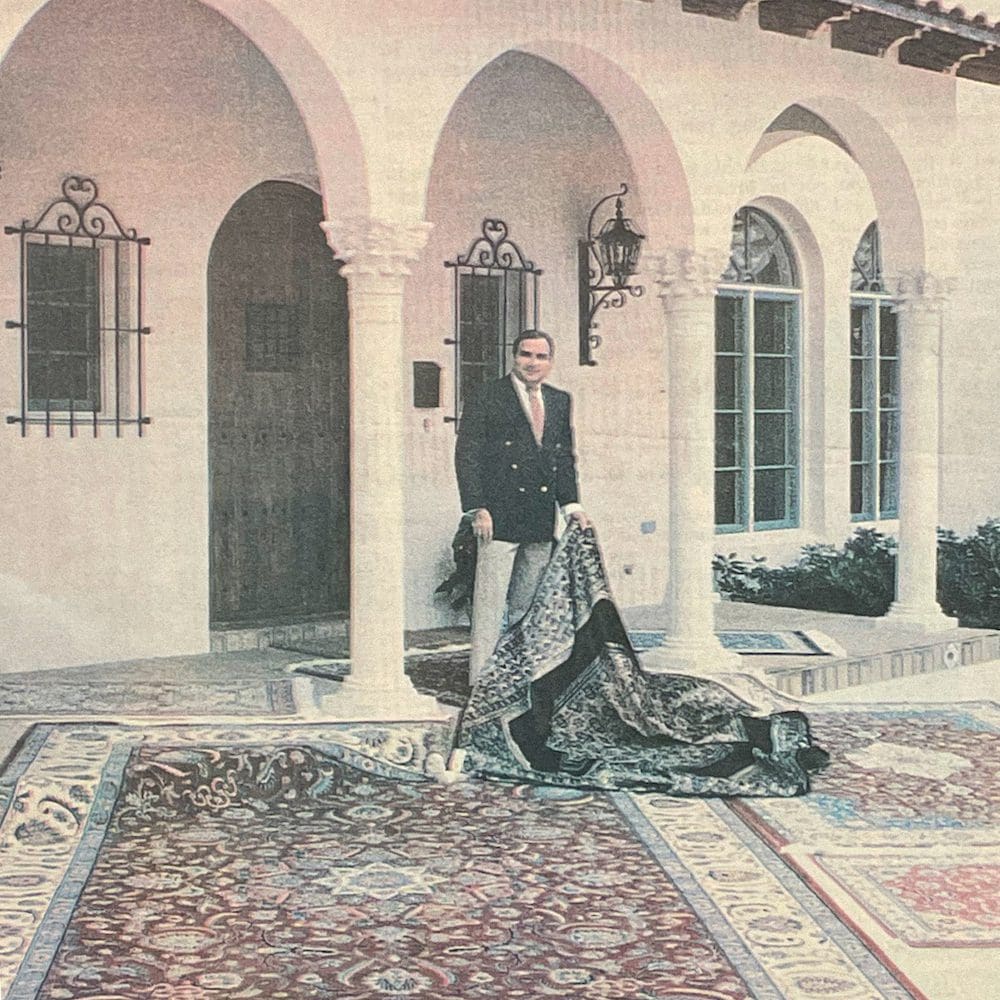
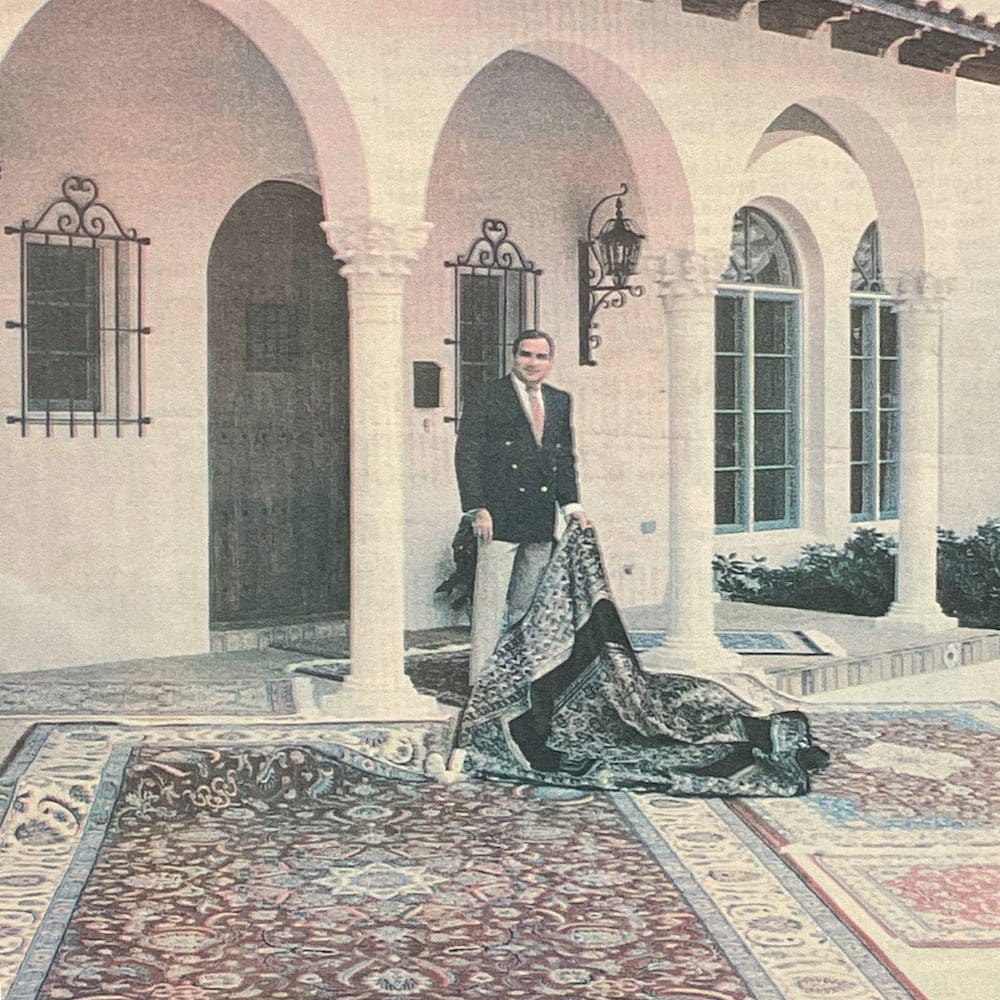
1988
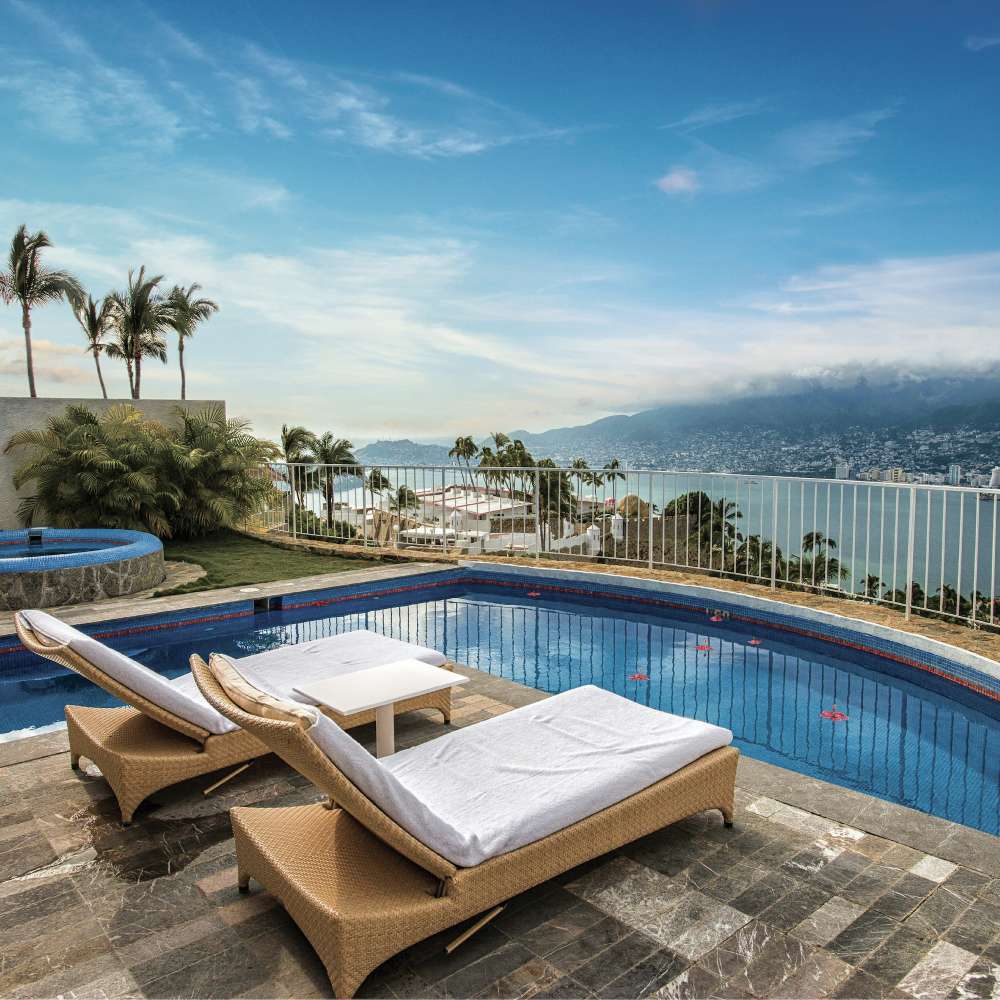
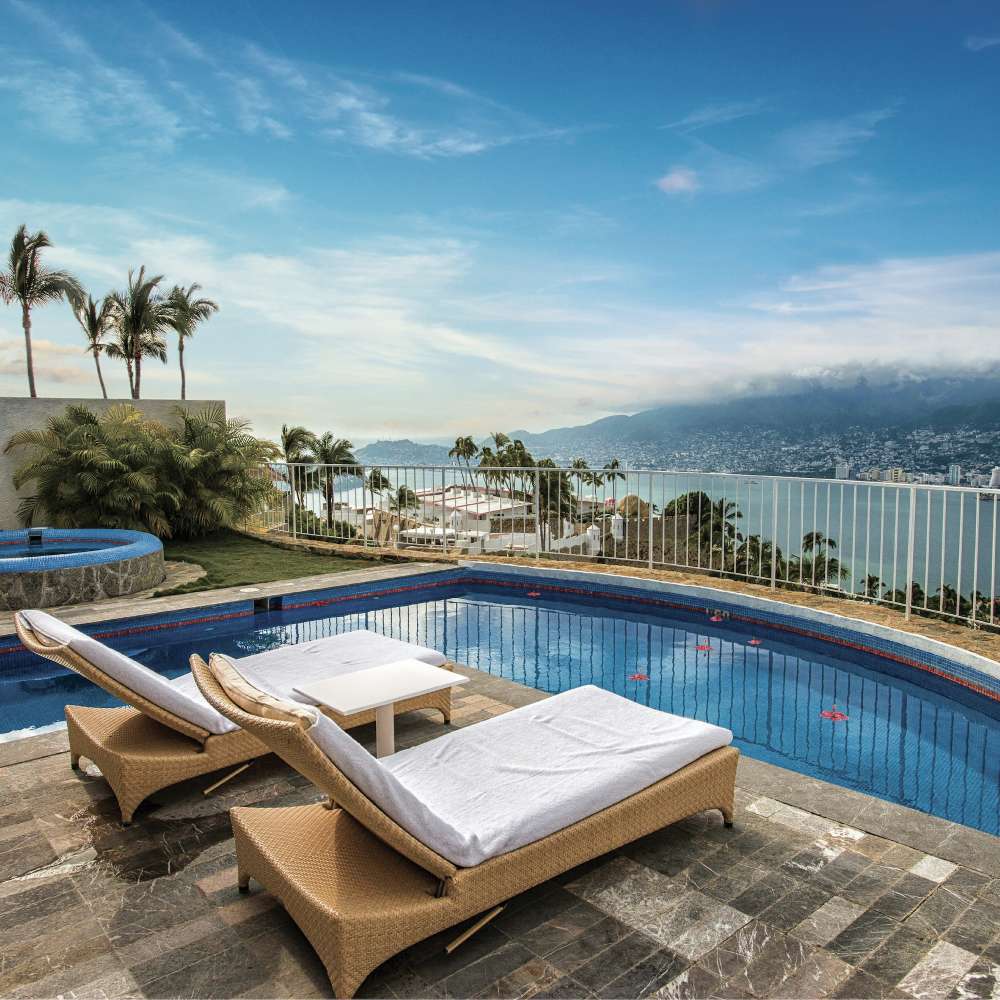
1990
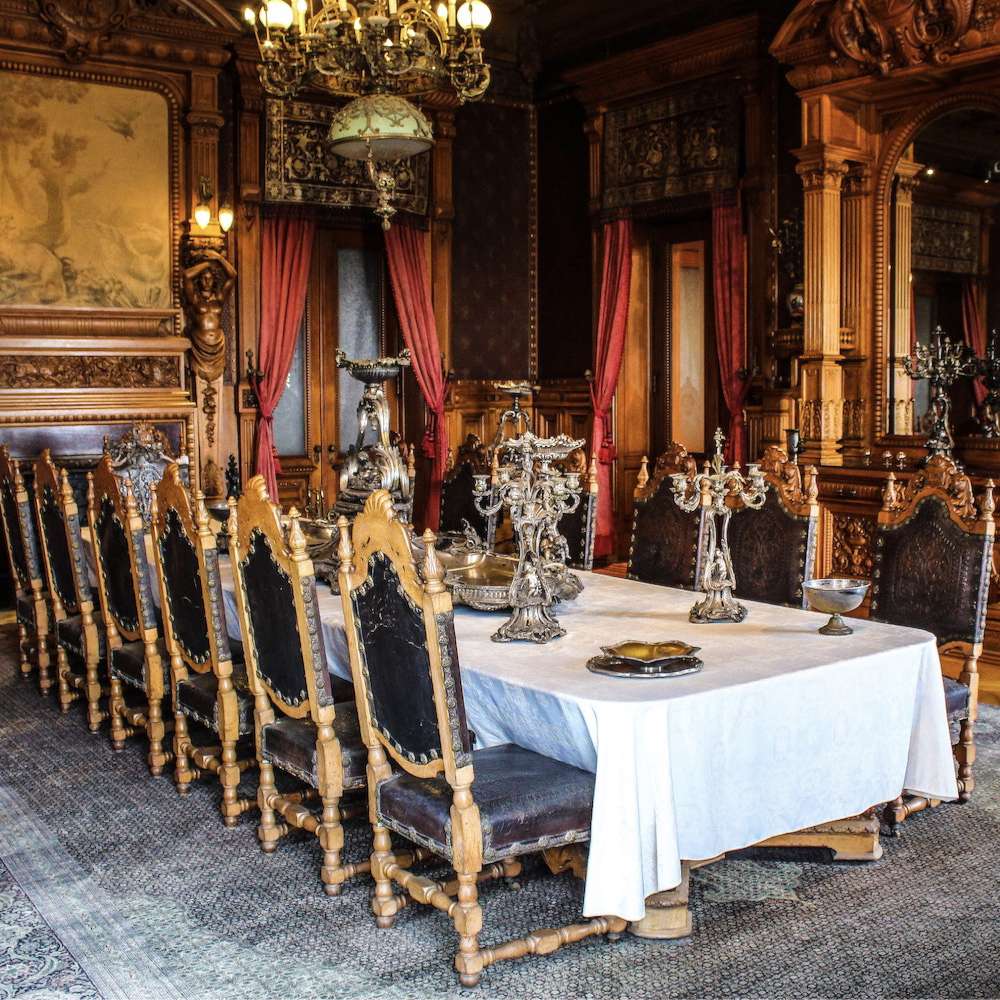

2000s
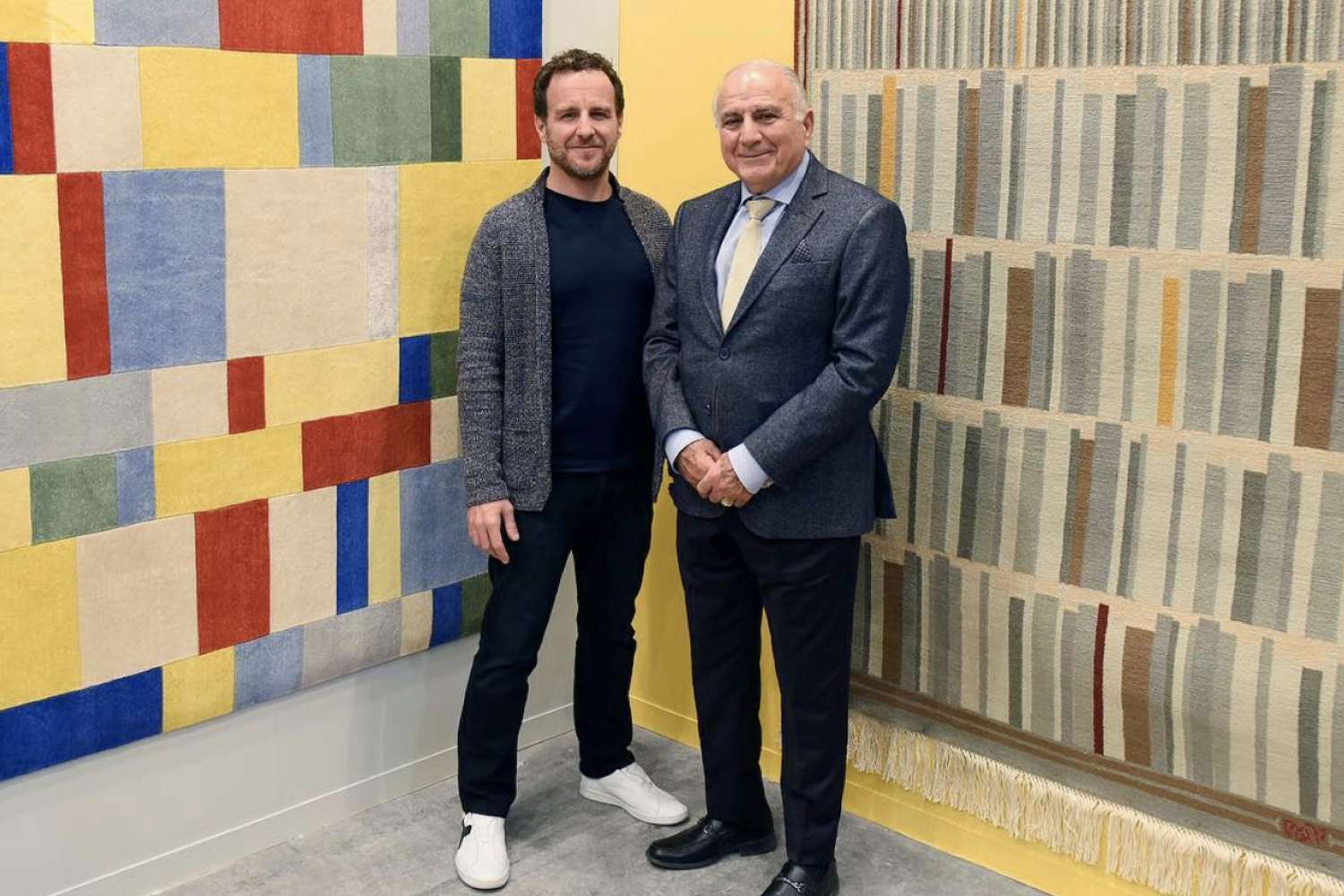
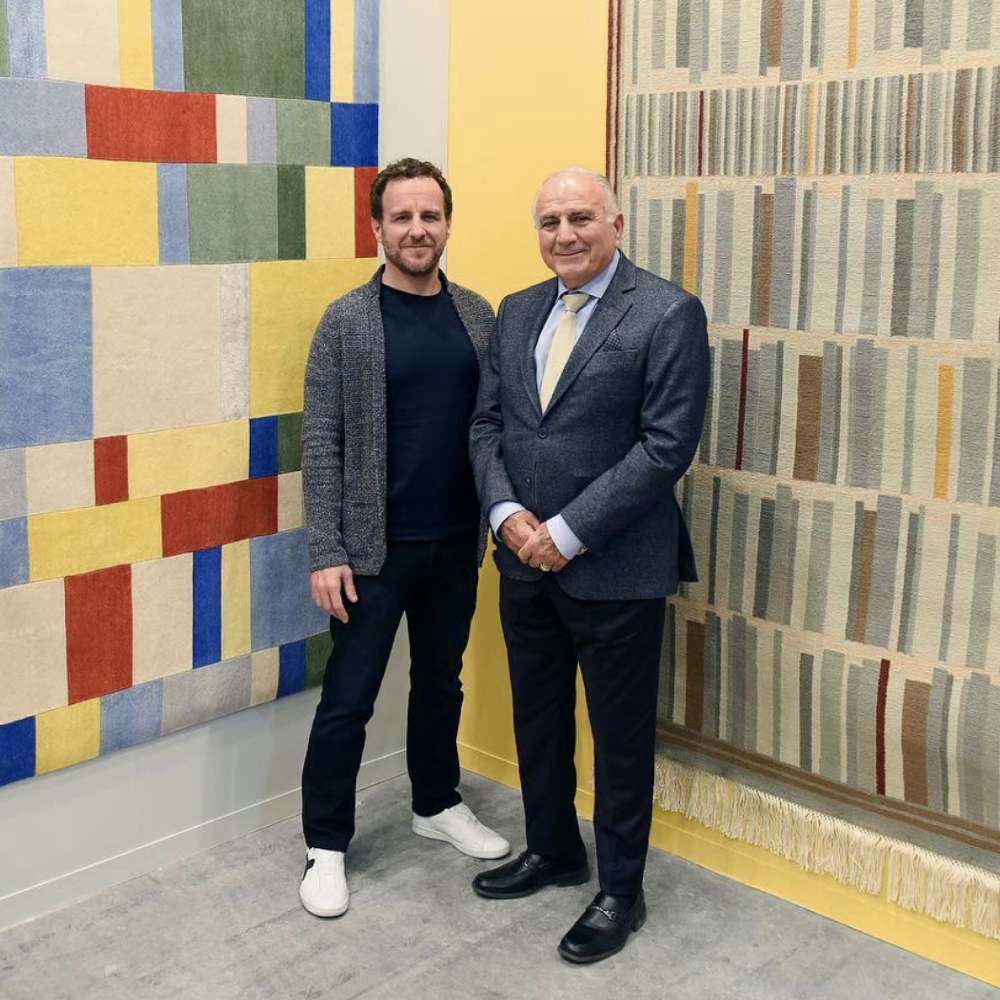
2011
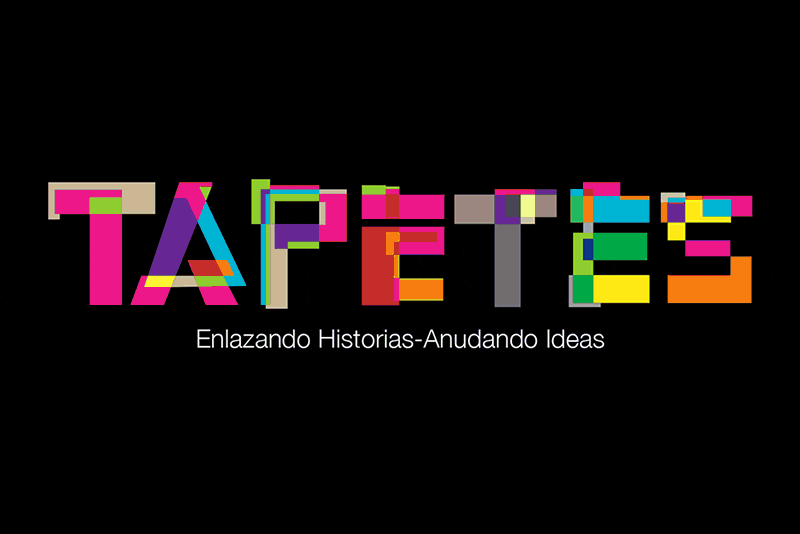
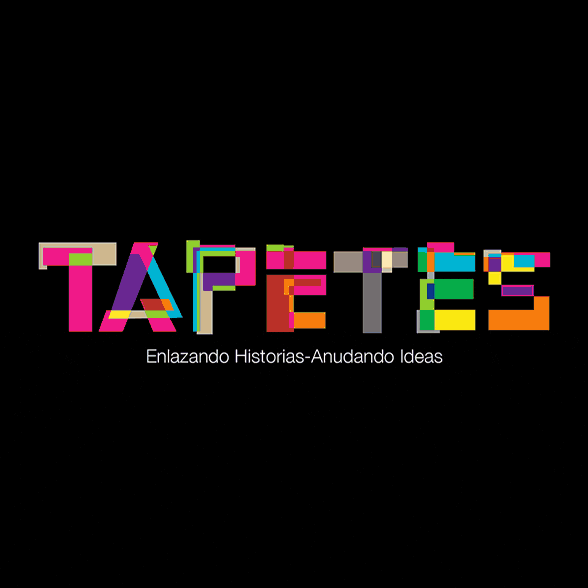
2013
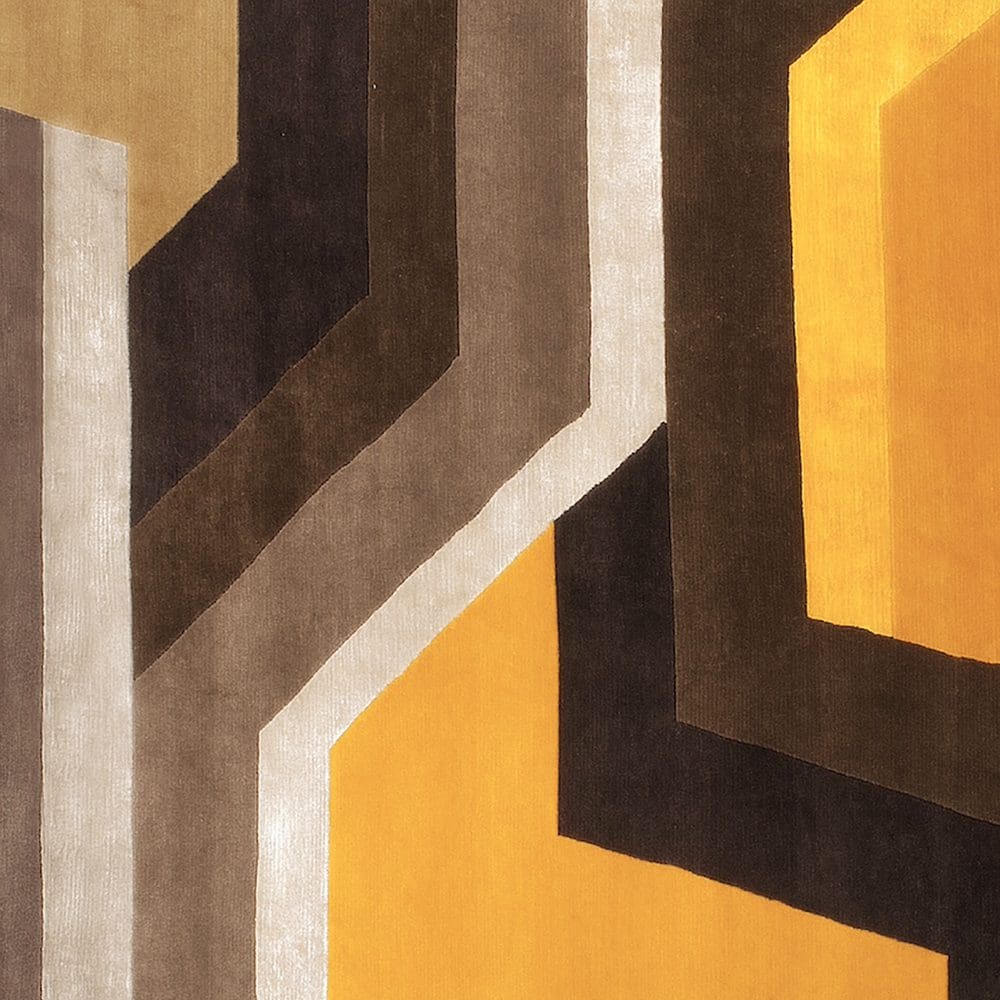
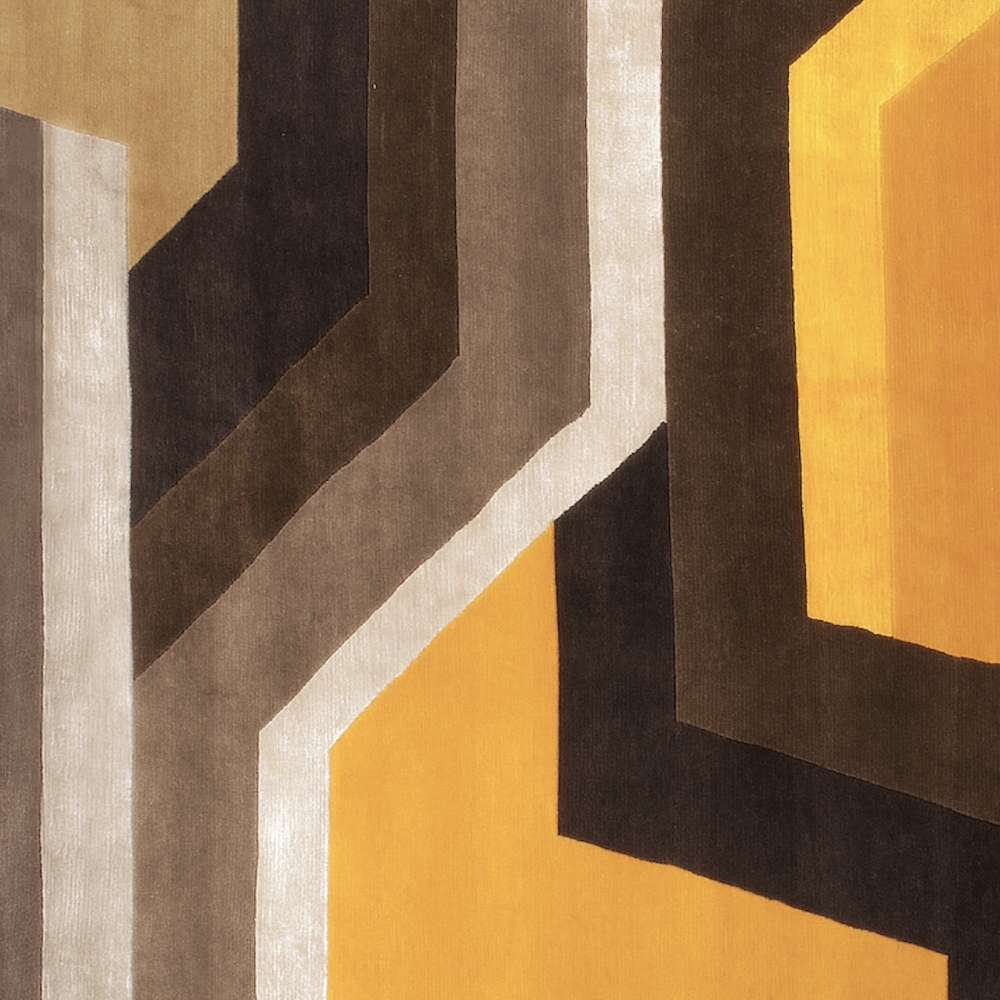
2015
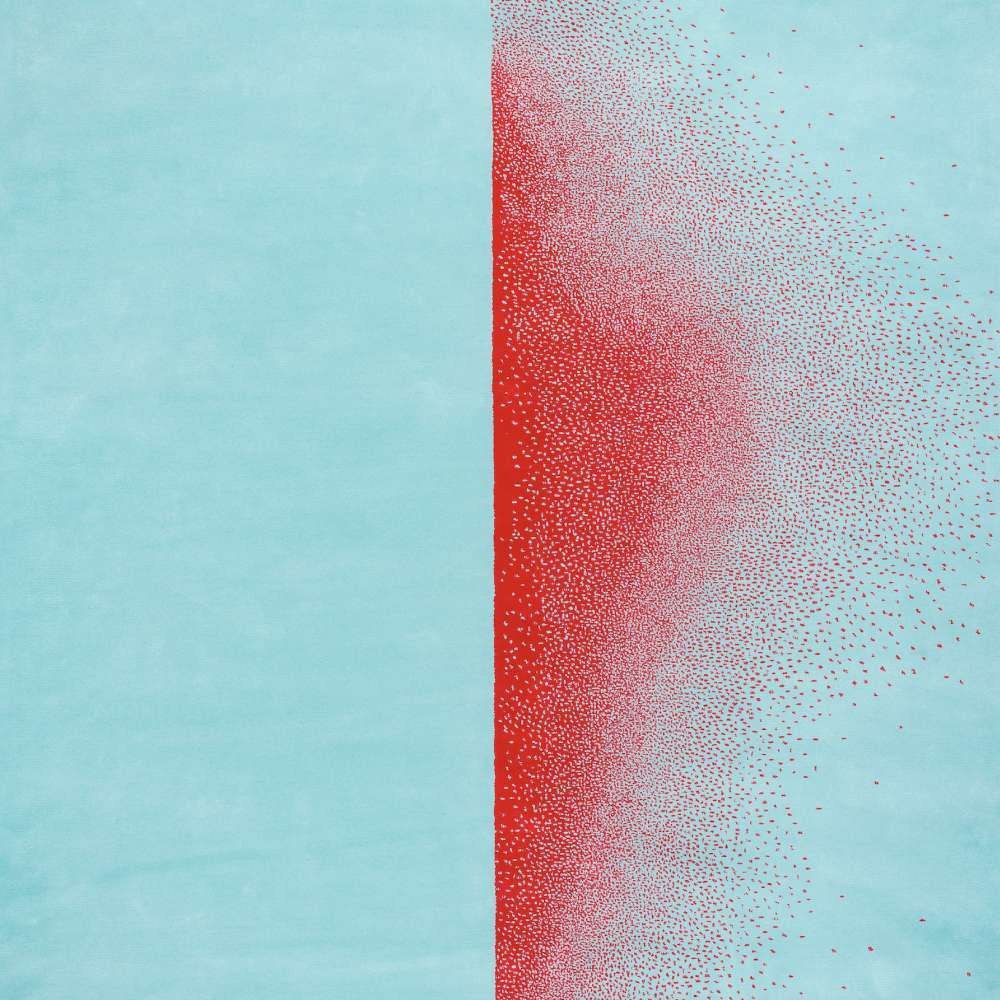
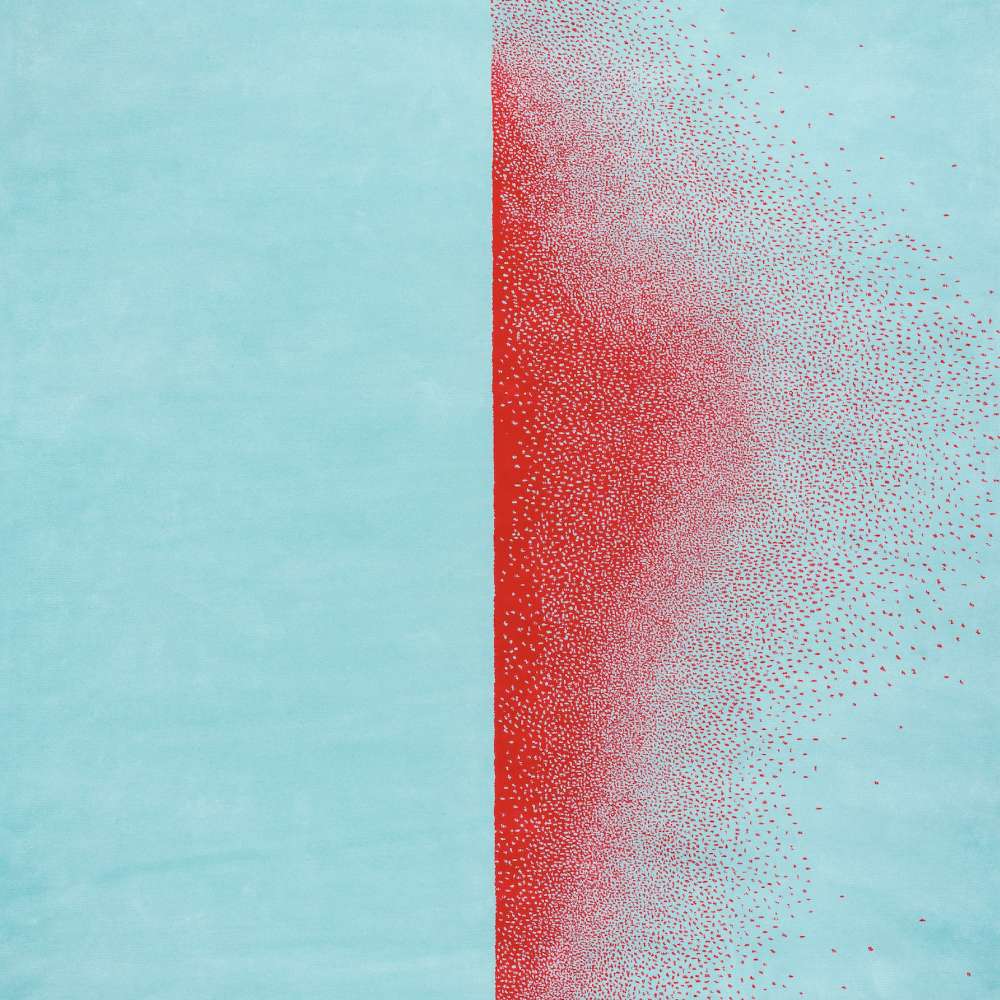
2018
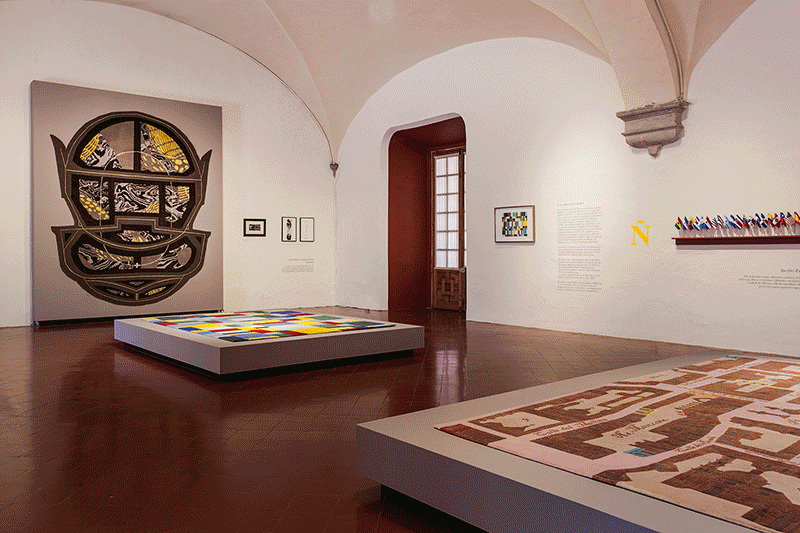
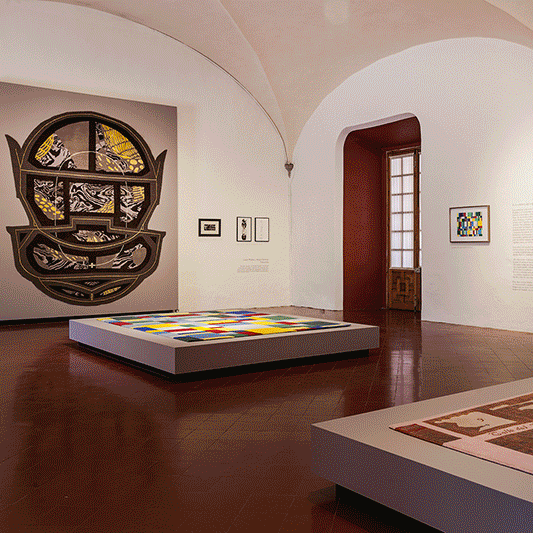
2018 - 2019
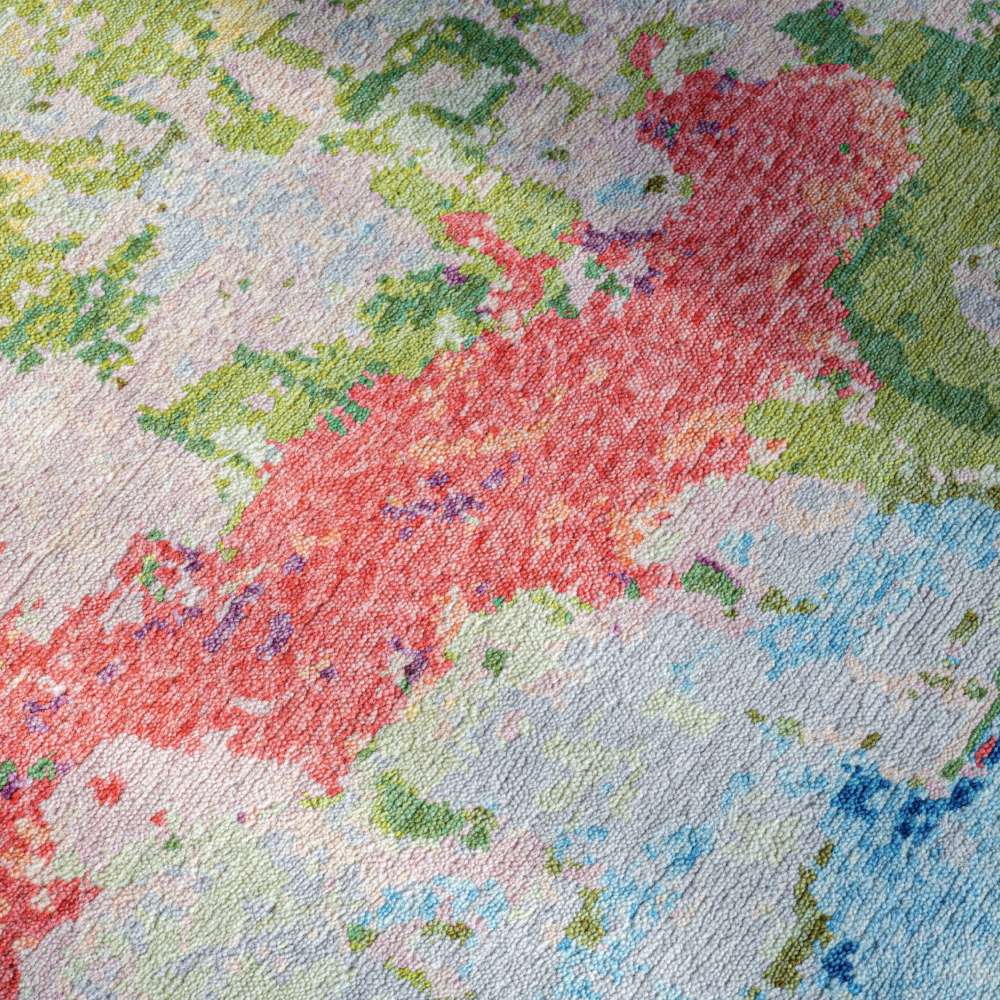

2019
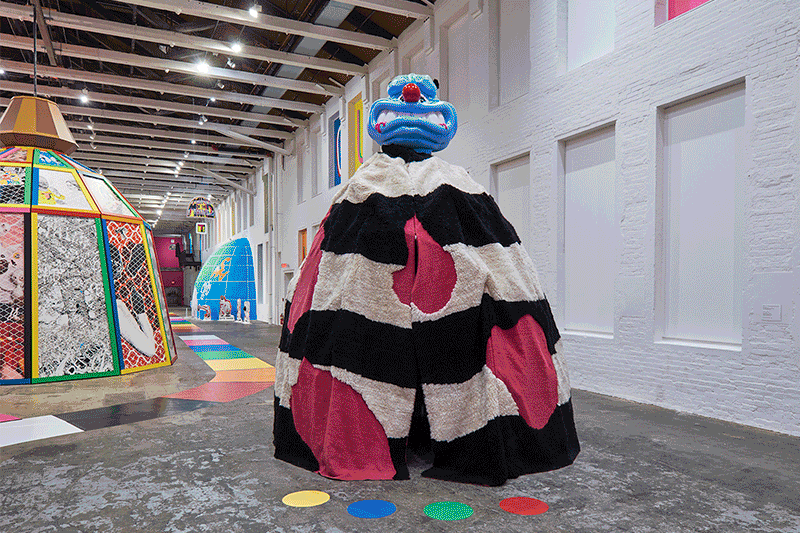

2021
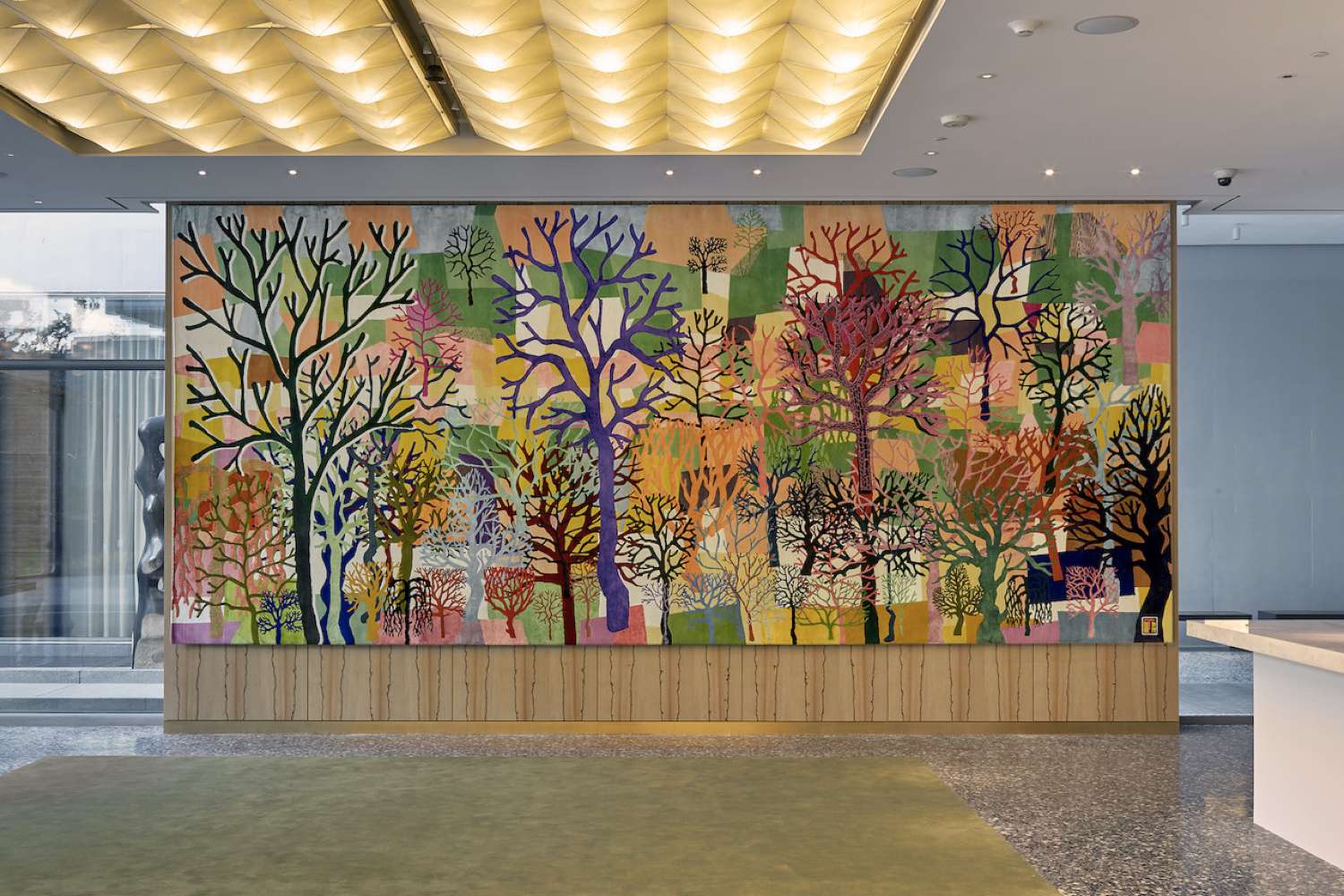
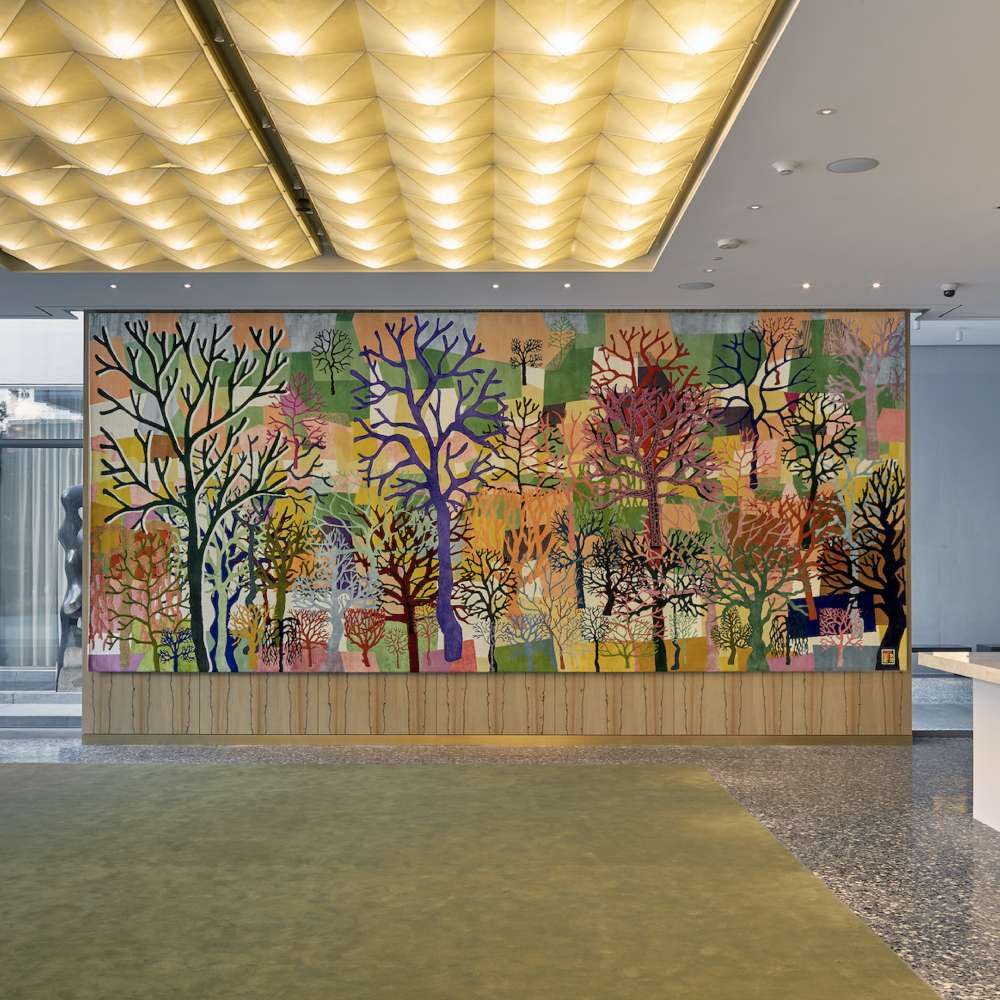
2021
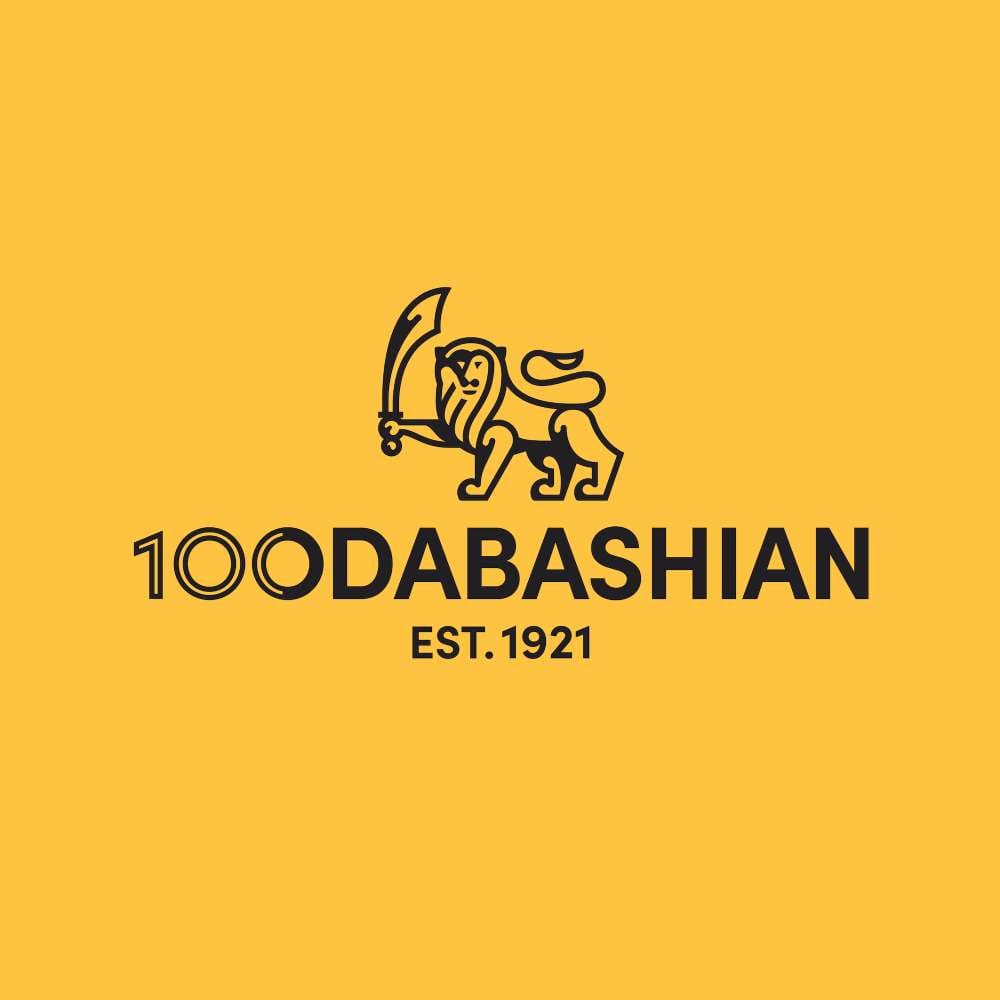
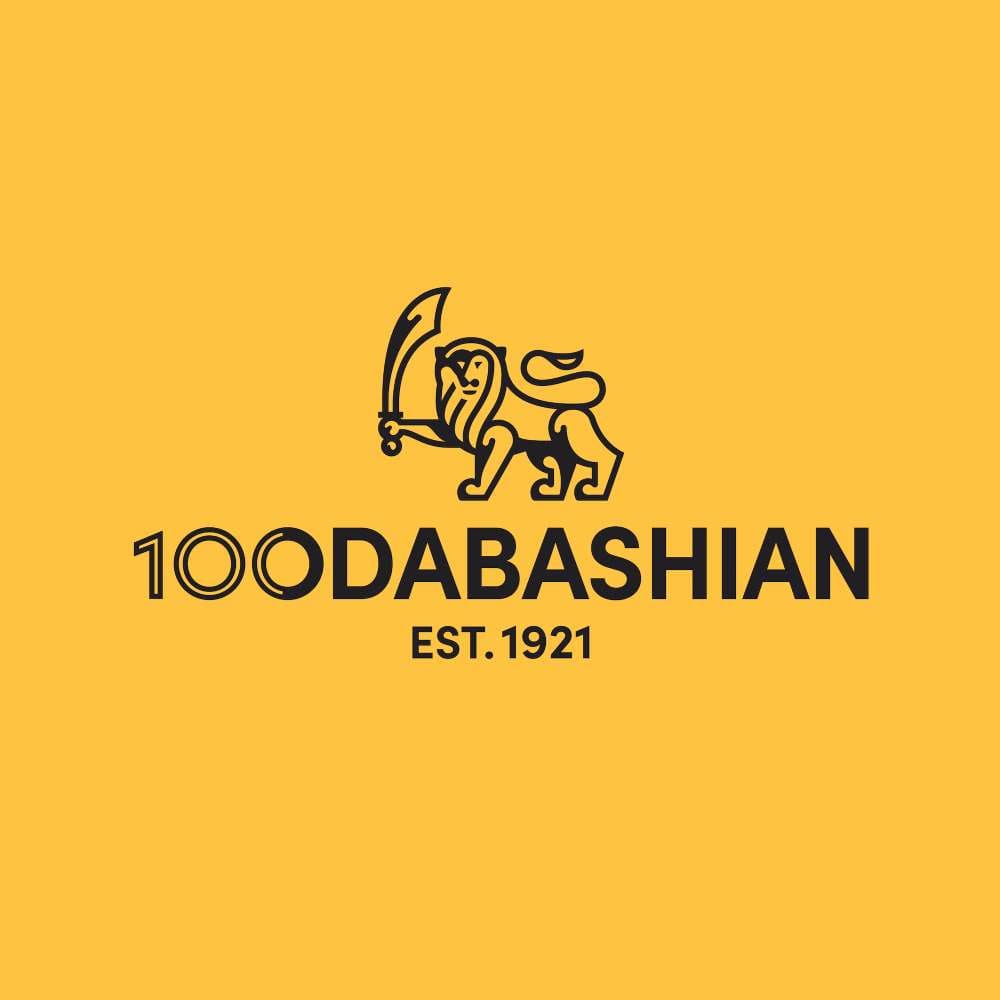
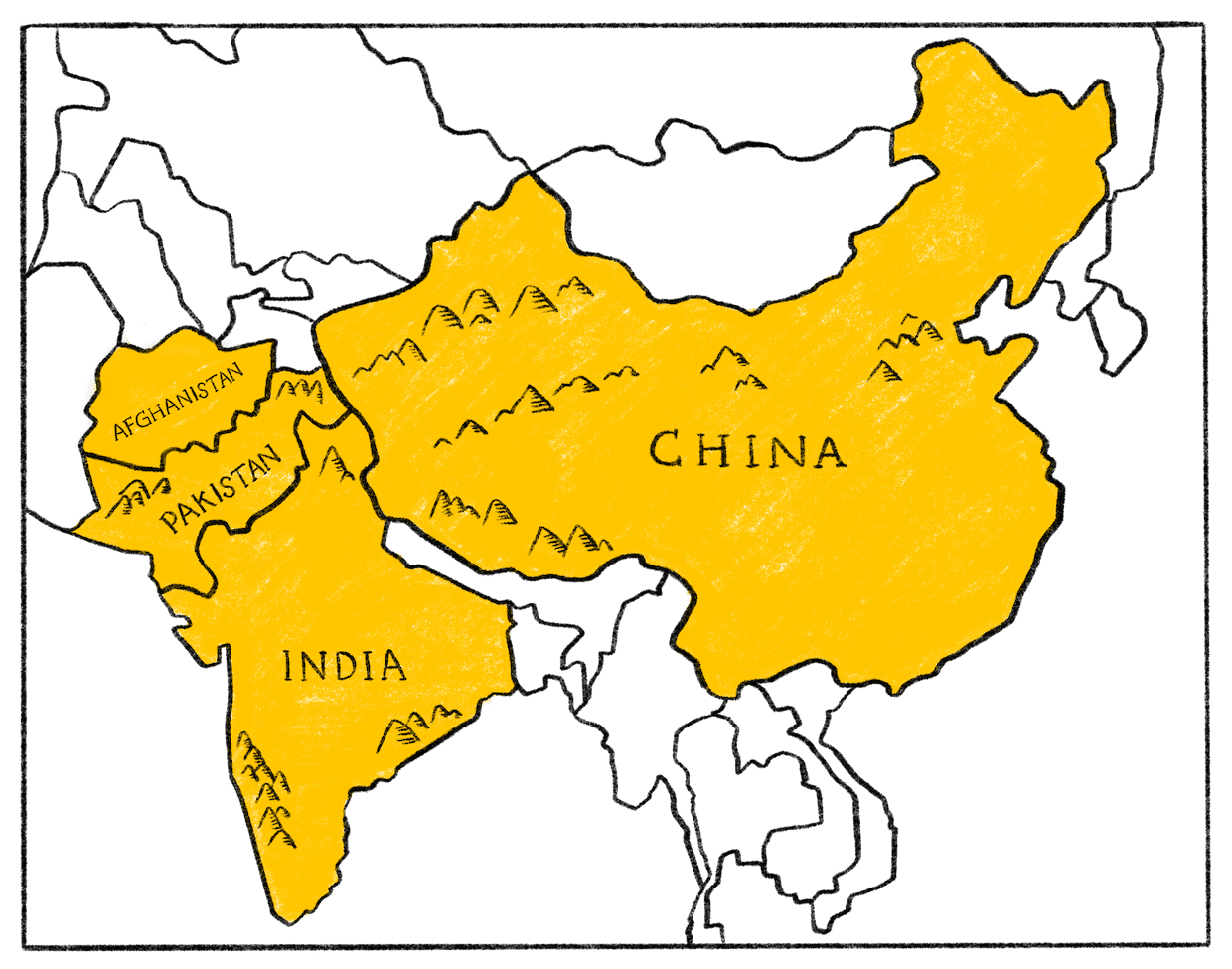
A trusted network of highly-skilled collaborators and premium materials lies behind each of our pieces.
The bond between us and the families of artisans we work with goes back many decades, during which time we have collaborated extensively to raise the standard of craftsmanship, working conditions and fair pay in the industry.
Our rugs are woven primarily in India, Pakistan and Afghanistan while our tapestries are produced in China.

This technique allows for highly detailed pieces through the use of many small knots and custom dyed yarns. The resulting tapestries less than a centimeter thick allowing them fairly lightweight for their size.

The Persian Knot is an asymmetrical hand knot that can be identified roughly by its relatively square appearance. Although more time consuming to elaborate than other techniques, it’s design history reaches, unchanged, at least to early Persia, over 26 centuries ago.

The mechanical aspect of Hand- tufted rugs allows for excellent quality but a much faster production time. After completing the design with wool, silk, viscose, acrylic, or polypropylene, the rug is removed from the frame, and a scrim fabric is glued to the back.

This technique that enables a rug surface texture that mimics hand-knotting. This technique has become very popular due to its reduced cost and speed of production. It’s drawback is the limitation on the graphic design achievable.



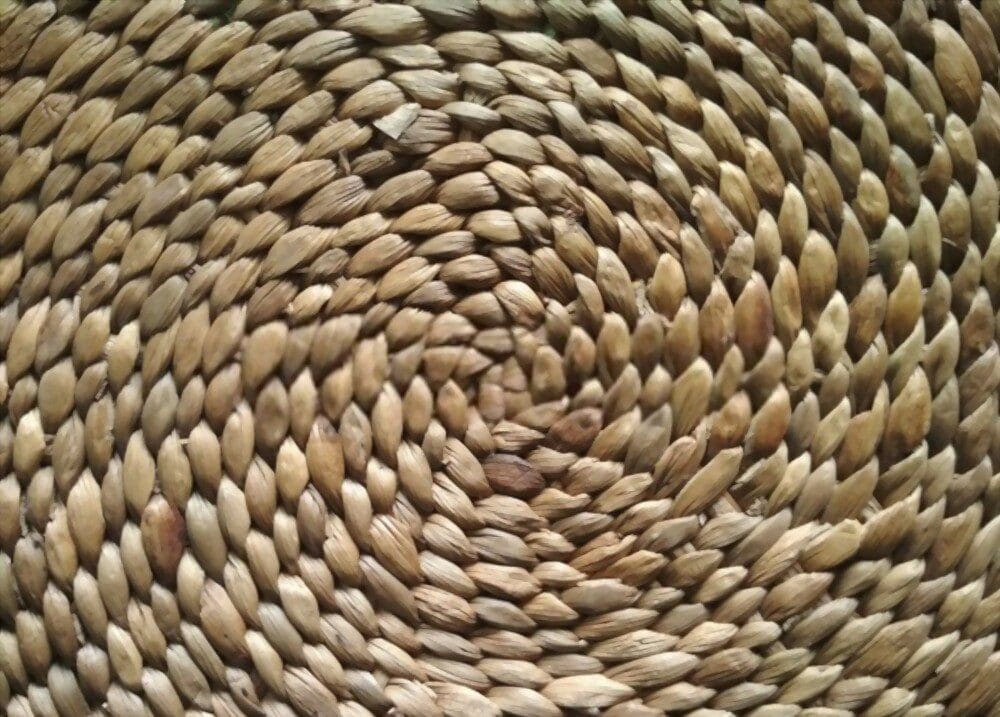
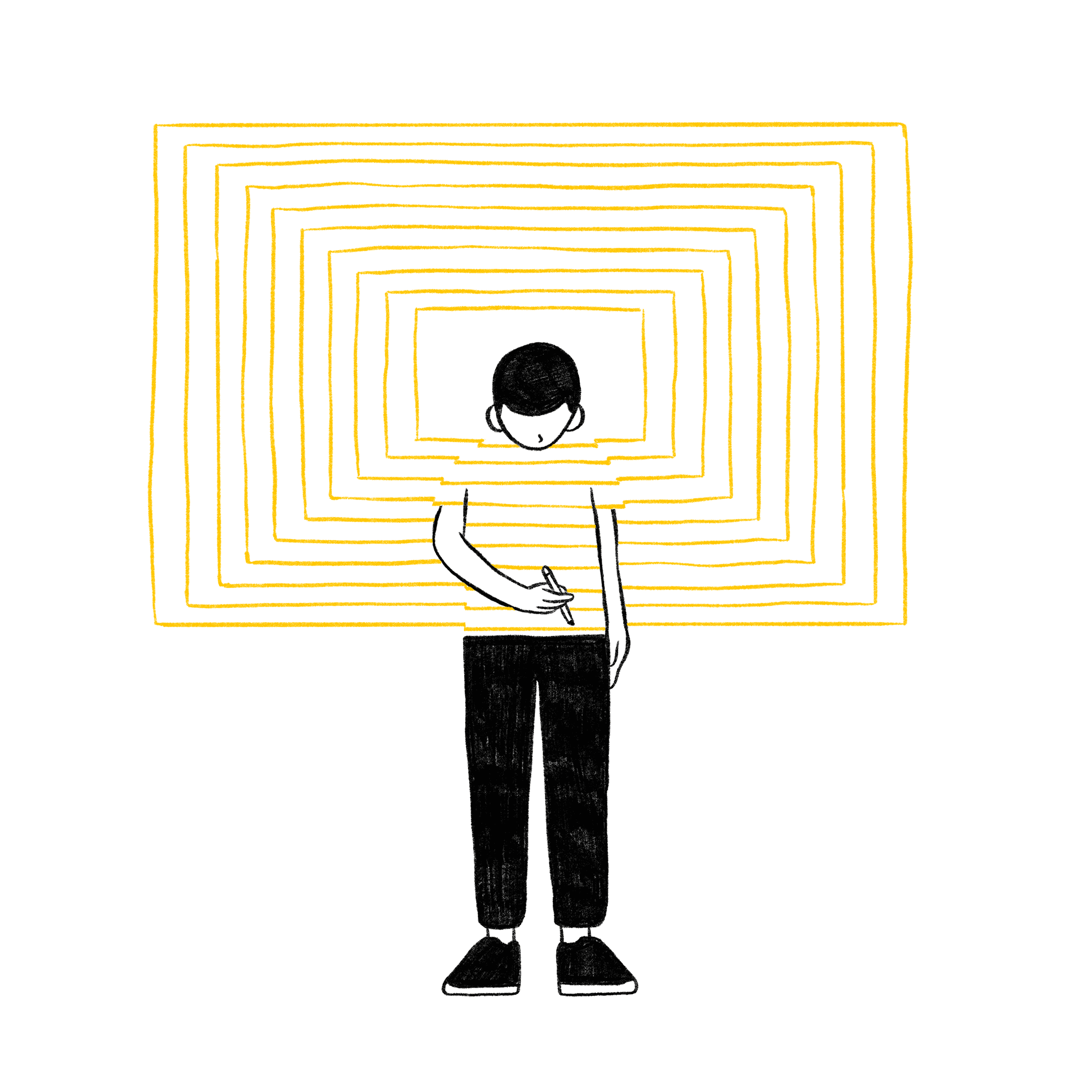
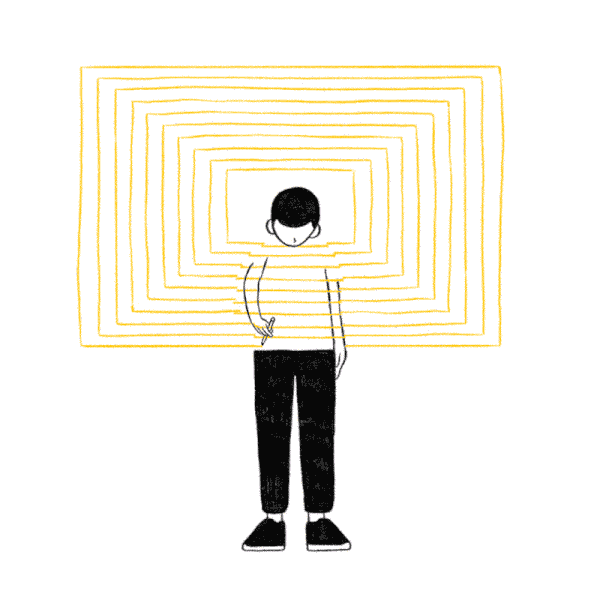
Our design team has completed numerous projects for a diverse range of clients – from leading luxury hotels to one-off museum installations. Whether you require us to handle the complete design process or consult on how to translate your vision into reality, we have got you covered.
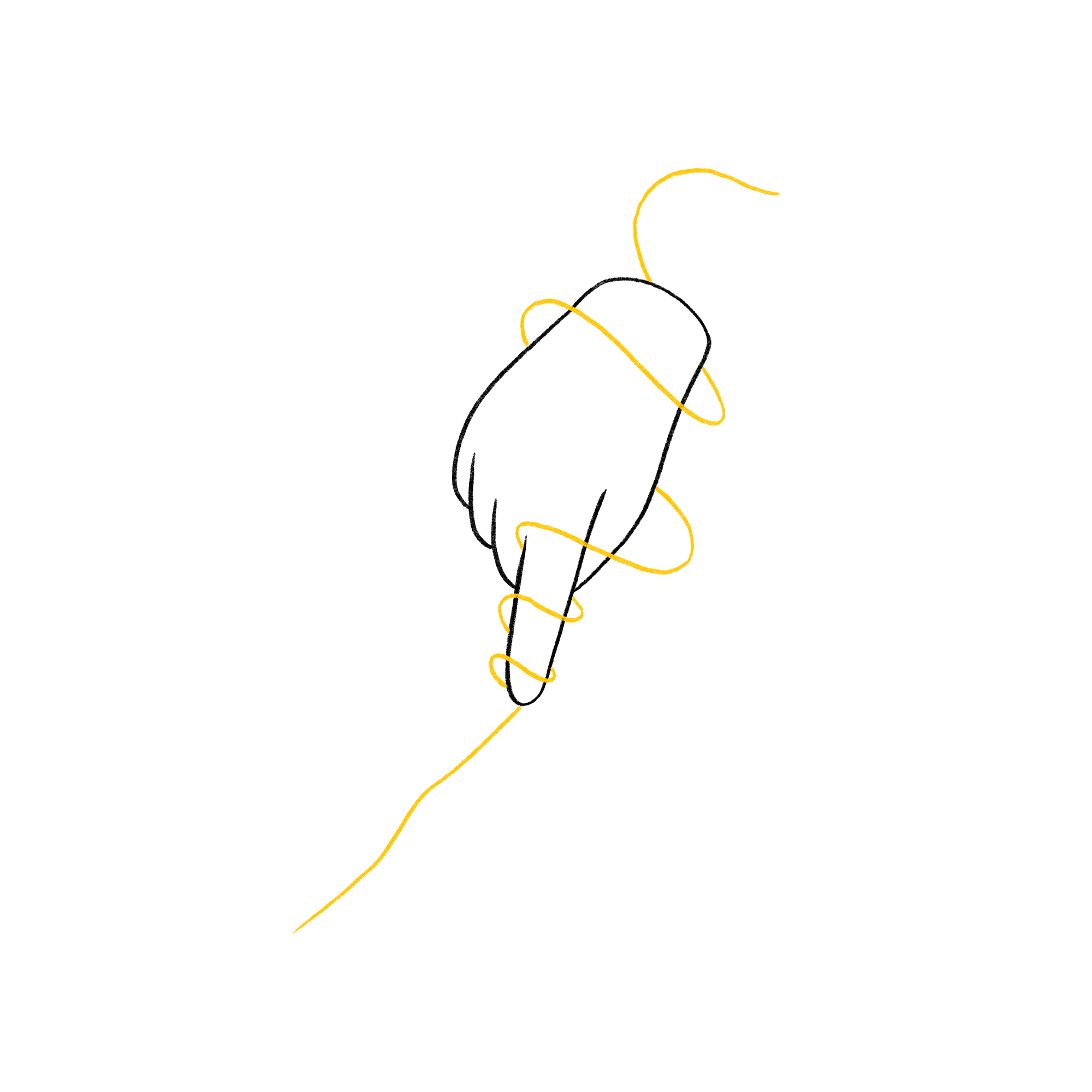
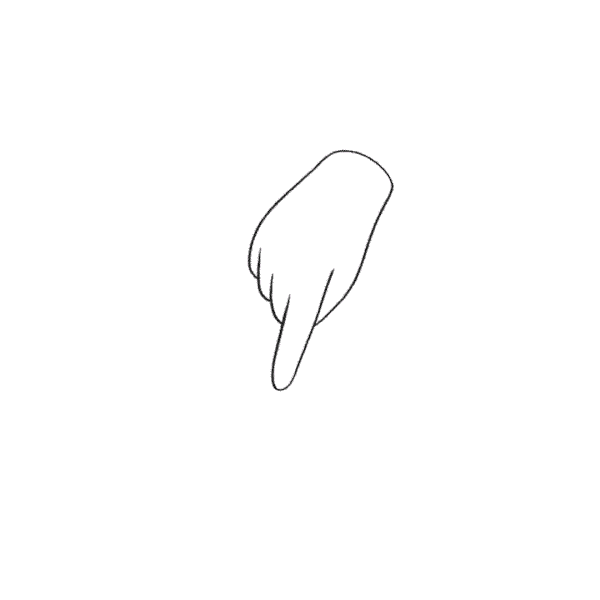
We produce museum-quality examples of rugs and tapestries through our network of artisans, which we consider to be the best in the world. If you would like to visit our studio in Miami or review samples of our work please contact us.
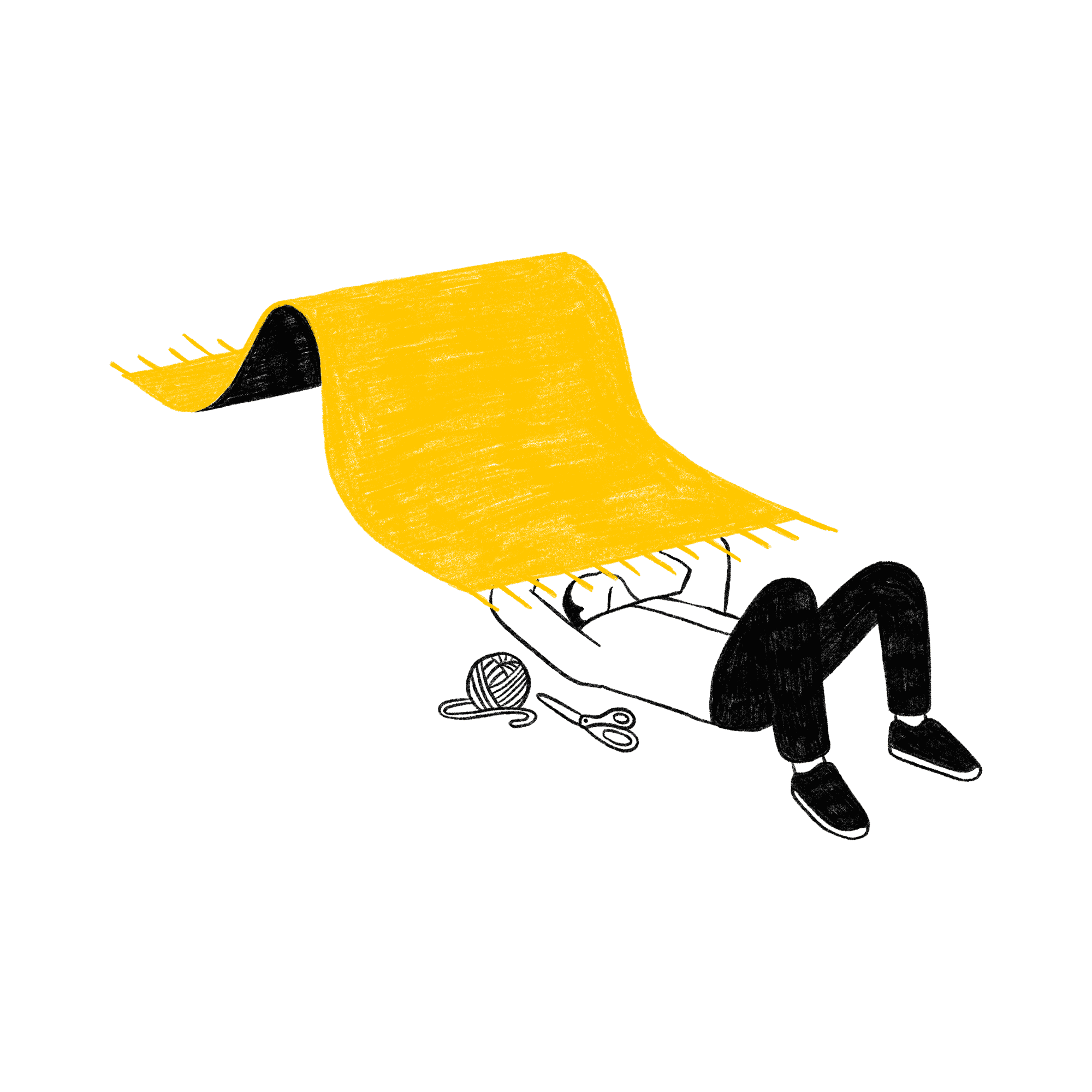
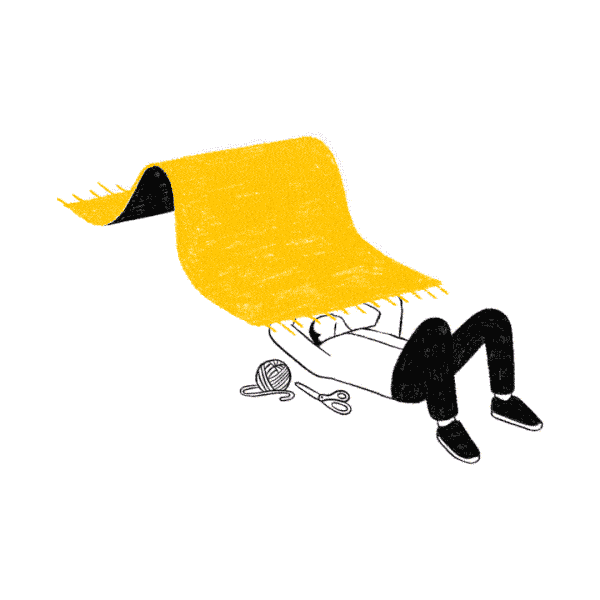
Our designs are intended to become family heirlooms. To achieve this the proper upkeep is essential. We offer maintenance on luxury rugs and tapestries in both Mexico and the USA. Please contact us for further details.
